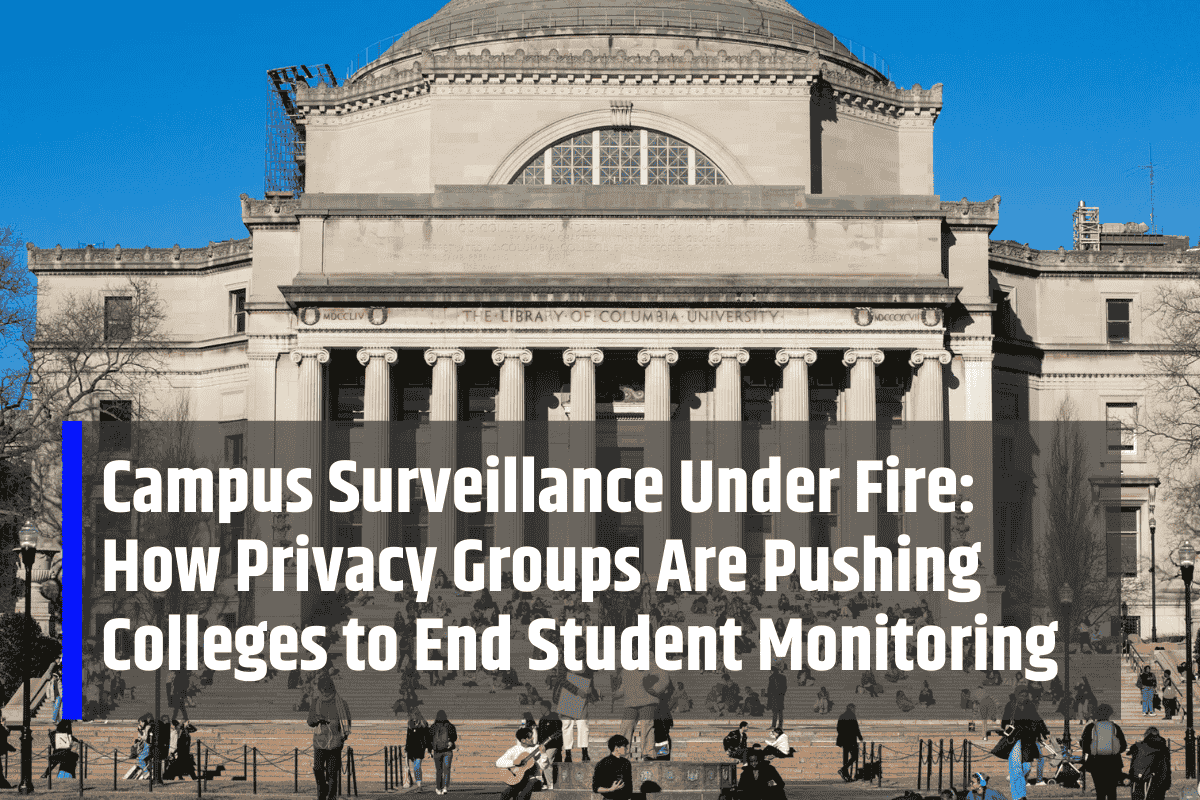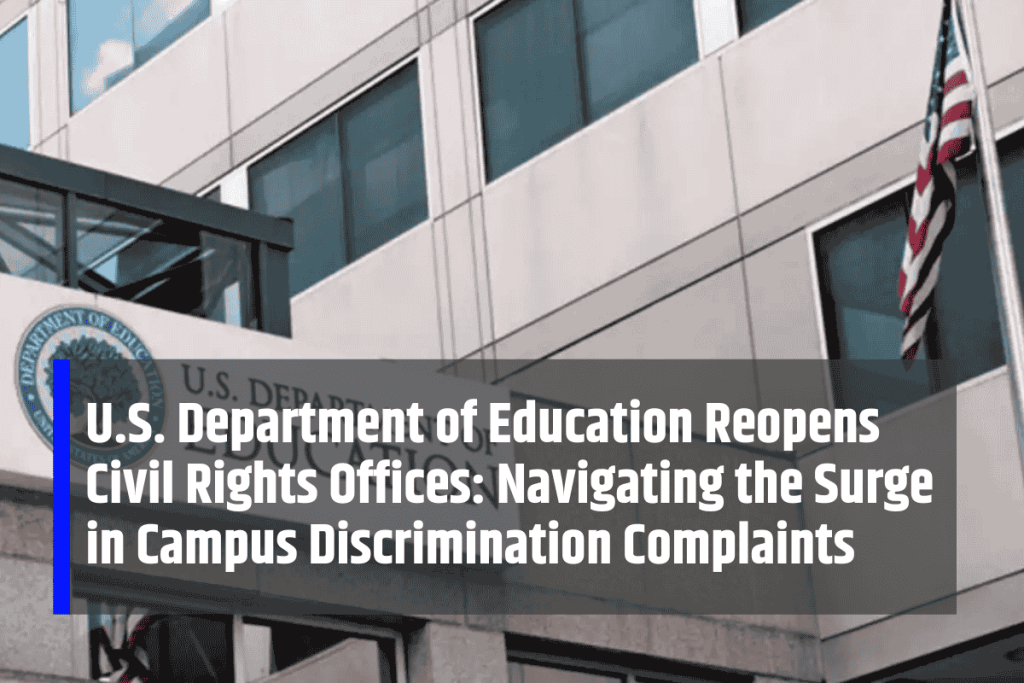From New York to Bangalore to Melbourne, universities increasingly deploy surveillance tools to monitor campus life. Students encounter cameras in hallways, card-access points in dorms, and facial recognition at events. While framed as safety measures, privacy advocates argue these practices transform learning environments into places of constant oversight.
Expansion After Safety Scares
The growth of surveillance often follows security incidents. After a widely publicized scare in Boston, colleges rapidly expanded camera systems. Similarly, institutions in Sydney and Singapore adopted mobile-based check-ins for libraries and cafeterias, unintentionally enabling real-time tracking. What begins as targeted safety measures often broadens into ongoing monitoring of everyday activity.
Monitoring Beyond Cameras
Today’s campus surveillance extends beyond video systems. Universities analyze card usage and sometimes tap into mobile device data, mapping where students are and when. In cities like San Francisco, Toronto, and Seoul, thousands of cameras work alongside digital tracking tools—creating layered systems that log movements throughout residences, lecture halls, and common areas.
Concerns Over Autonomy and Behavior
Privacy groups warn that constant monitoring erodes freedom. Students may avoid spontaneous gatherings or controversial events to stay “off the radar.” In Paris and Berlin, many describe a shift toward self-censorship—behaving not only morally, but “surveilled-morally”—as though always being watched. This cultural effect undermines academic exploration and open dialogue.
Mission Creep in Enforcement
What starts as safety oversight can drift into behavioral control. A Delhi university initially used cameras for emergency response. Over time, administrators repurposed footage to penalize loitering and curfew violations. This “mission creep” illustrates how surveillance tools, once installed, are often expanded for disciplinary rather than purely protective purposes.
Security Risks of Collected Data
Surveillance systems generate vast troves of sensitive information. When poorly managed, these records become targets for hackers. A Toronto breach exposed movements of medical students across campus. Critics also highlight long data-retention policies in cities like Chicago and Auckland, where footage and logs are kept for years without clear necessity.
Transparency and Consent Issues
Another major concern is the lack of meaningful consent. In Lagos and Buenos Aires, students often report being unaware of how much they are monitored. Policies hidden in dense handbooks mean enrollment equates to acceptance—without clear disclosure of what data is collected, who controls it, or how it is used.
Advocacy for Policy Reform
Privacy groups do not reject security technology outright but call for proportional and transparent practices. In Washington, DC and Brussels, advocacy organizations are urging universities to publish policies detailing technologies used, data collected, retention periods, and access protocols. Student governments in Philadelphia and Johannesburg have begun drafting model policies with local partners.
Legal and Constitutional Challenges
In some regions, activists are testing the limits of law. Groups in Berlin and Mumbai are exploring constitutional challenges, arguing surveillance can infringe on freedoms of association and speech. By framing monitoring as a civil liberties issue, advocates aim to place checks on how far universities can extend surveillance programs.
Student Awareness Campaigns
On campuses from Vancouver to Tokyo, students themselves are becoming advocates. “Know Your Rights” pamphlets, teach-ins, and privacy workshops equip peers with tools to resist intrusive monitoring. In Madrid, a “Privacy Week” included sessions on encryption and petitions urging administrators to scale back camera networks and adopt less invasive systems.
Alternatives to Constant Surveillance
Privacy advocates also propose non-invasive safety measures. In Sydney and Cape Town, campuses are piloting emergency button systems and on-demand cameras activated only during alerts. Other solutions include staffed patrols, helplines, and community-based safety programs—models that prioritize student protection without embedding surveillance into everyday academic life.
Best Practices for Universities
Experts recommend several principles for balancing safety with privacy:
- Conduct privacy impact assessments before adopting new systems.
- Limit retention of surveillance data to essential periods.
- Provide clear, accessible explanations of monitoring practices.
- Establish oversight committees involving students and faculty.
- Invest in non-technological safety alternatives that preserve trust.
Restoring Trust in Academic Spaces
Campus surveillance promises safety but risks undermining trust and autonomy. Advocacy groups—from New Delhi’s Data Rights Network to Los Angeles’s Scholar Liberty Forum—remind universities that thriving academic spaces rely on freedom and dialogue. The debate is not only about cameras and data but about protecting dignity, inquiry, and open community life.






Leave a Comment